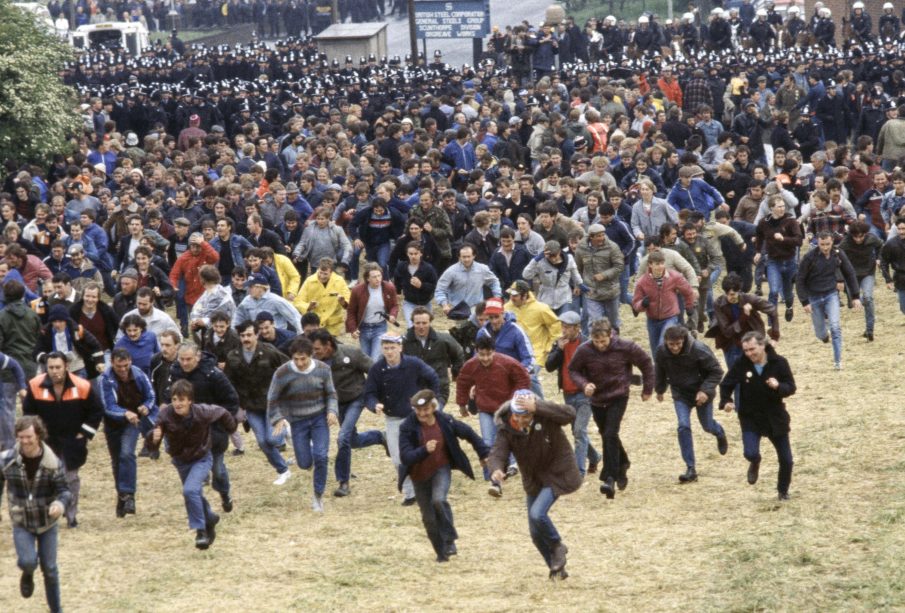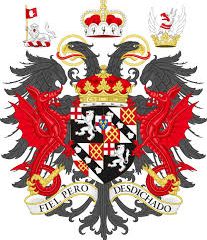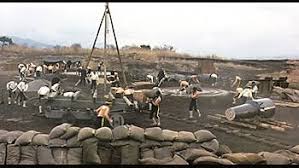The Battle of Orgreave: A Defining Moment in UK Labour History

Introduction
The Battle of Orgreave is a significant event in British labour history, marking a tumultuous clash between striking miners and police during the 1984-85 miners’ strike. This confrontation has become emblematic of the conflict between the trade union movement and the government of the time, highlighting deep social and economic divides in the UK. Understanding this event provides vital context for discussions about workers’ rights and industrial action today.
Background of the Miners’ Strike
The miners’ strike commenced on March 12, 1984, led by the National Union of Mineworkers (NUM) against the National Coal Board’s (NCB) plans for pit closures and job losses. At the heart of this struggle was the fear of mass unemployment and the erosion of the coal industry, which had sustained communities across the UK for generations. The Orgreave coking plant, located in South Yorkshire, became the focal point of a critical confrontation on June 18, 1984. Thousands of miners descended on the site to picket, leading to one of the largest clashes between police and protestors.
The Clash at Orgreave
The confrontation at Orgreave escalated quickly, with reports indicating that around 5,000 miners faced off against a massive police presence, reportedly numbering over 6,000. The police employed riot gear and mounted units, leading to violent skirmishes. Eyewitness accounts detail scenes of chaos, with miners and police exchanging blows amidst a backdrop of political tension. The aftermath saw numerous injuries and arrests, with police tactics receiving significant scrutiny and criticism.
Impact and Significance
In the years following the battle, the legacy of Orgreave continued to resonate within British society. The event has been subject to investigations and documentaries, illustrating the broader implications for trade union rights and state power. It has sparked debates about police conduct during protests and the legitimacy of the government’s approach to industrial disputes.
Conclusion
The Battle of Orgreave is more than just a historical moment; it remains a crucial symbol of the struggles faced by the working class in Britain. As current labour movements gain traction in response to contemporary issues like job security and workers’ rights, the lessons learned from Orgreave remind us of the importance of solidarity and the need to safeguard the rights of all workers. The understanding of this pivotal event continues to shape discourse surrounding industrial relations, making it as relevant today as it was nearly four decades ago.









